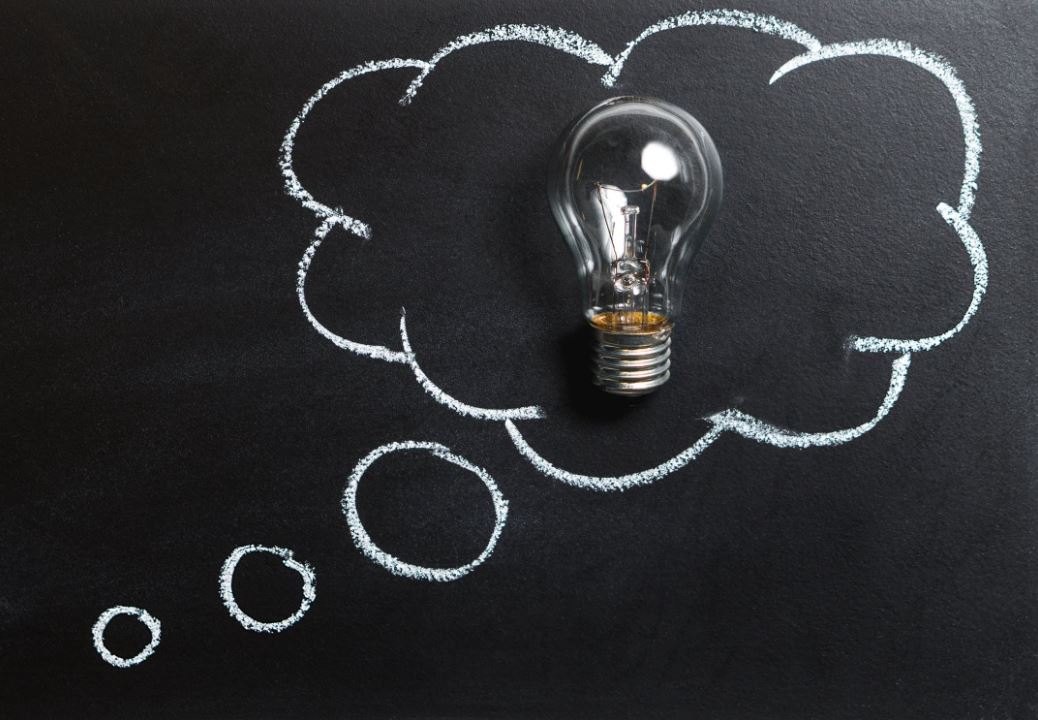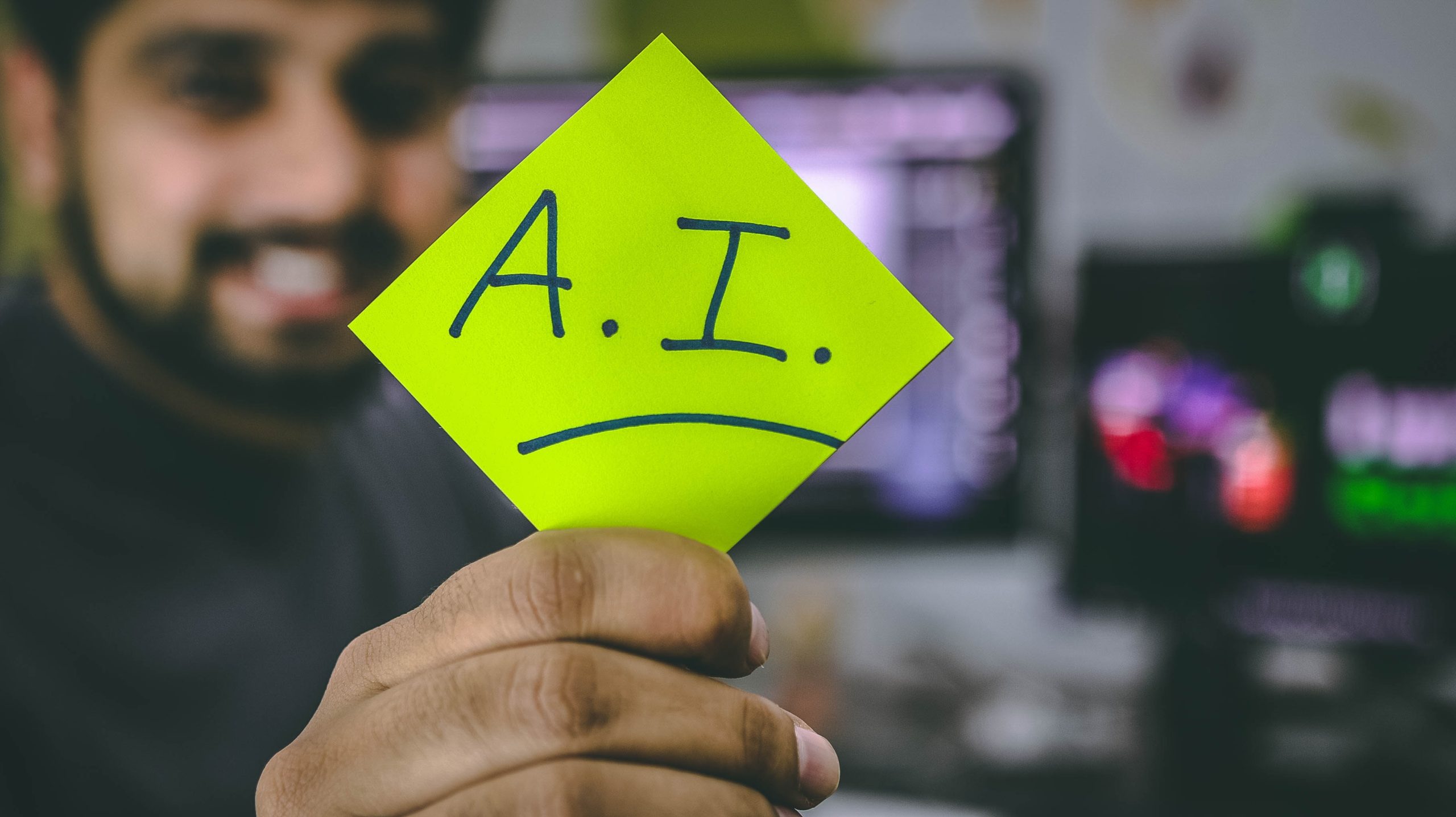At DWG, our daily focus lies on innovation in industrial automation
There are several very bright people in our innovation department. They continuously monitor market trends and customer needs from the perspectives of New Business and Artificial Intelligence (AI). Why have we adopted this approach? Simple: our goal at DWG is to improve the industrial world.
Changes in the technological world
The technological world changes constantly and at a rapid pace. In recent years, there has been a strong developmental focus on data, data collection and working with data. Working with data in a smart way requires preparation.

Work with data and make predictions
Artificial Intelligence
Thanks to exponential growth in the amount of data generated and computing power, we have seen a rapid increase in systems and applications that use data smartly and efficiently to support decision-making and optimise production processes. For example, a Machine Learning algorithm is able to recognise patterns in massive amounts and diverse types of data and then make accurate predictions. These insights enable us to anticipate what is coming in the future, gain a better understanding of customer behaviour and customer segments, personalise products and services, and in doing so differentiate ourselves from competitors and boost our growth. Our Innovation Department applied Artificial Intelligence and Machine Learning techniques to an issue often encountered in industry: recognising text on trucks.
How can texts be recognised automatically?
We will be happy to tell you more about this and show you how automatic text recognition can help you set up your processes more efficiently.

AI and industry
It starts with learning to recognise text
Artificial intelligence (AI) is a generic name for making computers smart enough to perform complex tasks that currently still require human knowledge and skills. Computers are capable of performing specific tasks by processing large amounts of data and recognising patterns in the data. In this case, the computer needed to recognise text on railway wagons. The software used to read text until now (OCR) only works well on structured text where the text is linear and ideally has black letters on a white background, as in books or letters, for example. This is certainly not the case with trucks or railway wagons! However, thanks to AI, unstructured text can now also be recognised.
Investigate the possibilities
Learn more about how you can optimise your production process with AI. Interested? Leave your contact information at the bottom of this page and we will be happy to arrange an exploratory meeting with you.
Data, more data, and even more data!
We now have the data…. so what are we going to do with it?
After recognising the texts, DWG succeeded in integrally coupling this data with the customer’s existing systems. What is the benefit of all this? One very key benefit is that the input can be fed into the systems automatically instead of manually. As a concrete example, let’s explore the following situation. Because the computer has recognised the texts on the railway wagons, there is no need to physically walk past all the rolling stock and manually type the data into the system. You get the picture; this saves time and can prevent errors.
So are these AI software solutions smart? We certainly think so.
Approach
How do we help you get started with AI?
More and more organisations are discovering the usefulness of Artificial Intelligence. At DWG, we have been working on using AI to recognise texts on railway wagons in a project set up with one of our regular customers. As DWG, we will be happy to look at your organisation to determine whether text recognition can be of value to you and establish a use case that will get quick results.
DWG helps with:
– Identifying the starting point;
– Establishing a use case, and
– Creating a business case.
Are you prepared to take the plunge and consider working with AI?
With the help of AI, data can be quickly analysed and stored in the data system. Artificial intelligence is not intended to replace humans. It extends our capabilities and makes us better at what we do. Because AI algorithms learn differently than humans, they also look at things differently; they can see relationships and patterns that escape us. This collaboration between humans and computers opens up many opportunities in the manufacturing environment:
– More effective analysis of units within your production environment;
– Language barriers are less of a problem;
– Improvement of existing skills: AI makes people faster and better at what they do, and
– Improves perception, understanding and memory.


